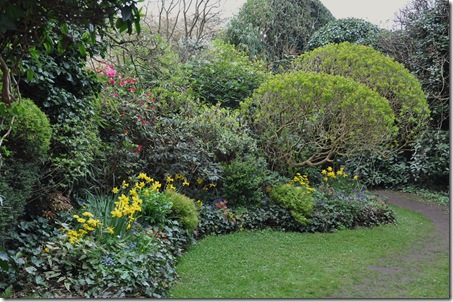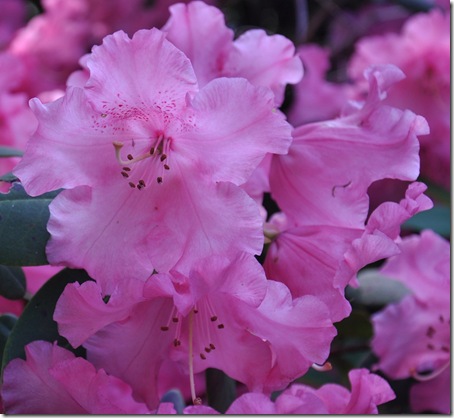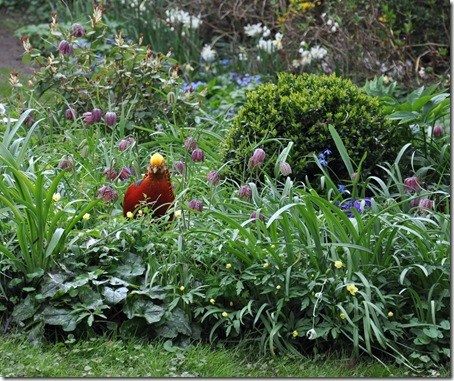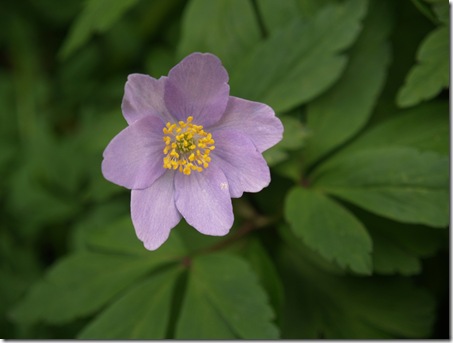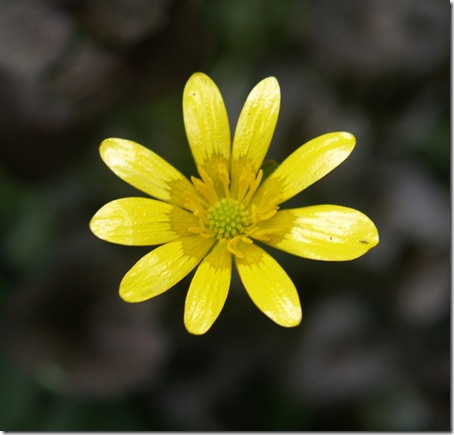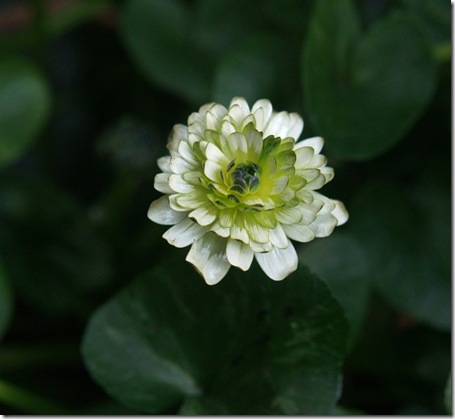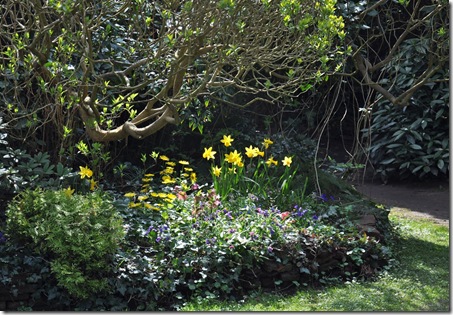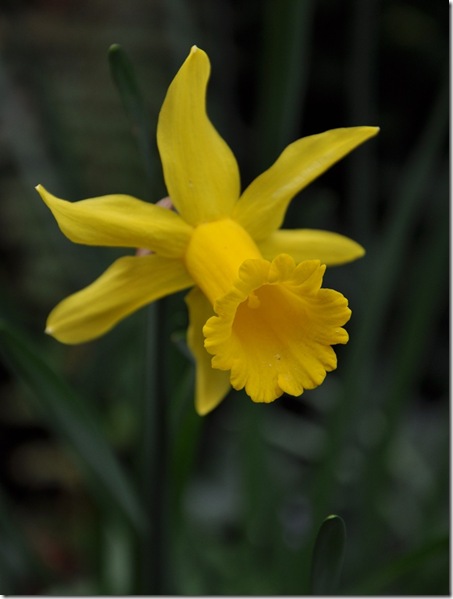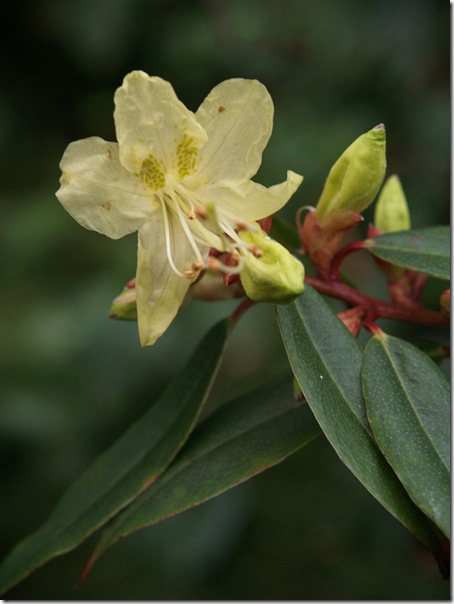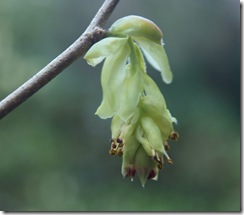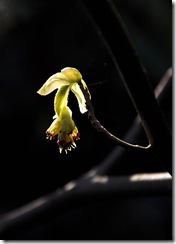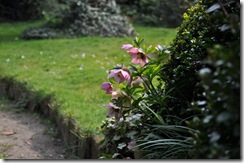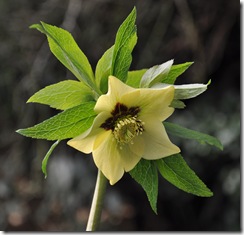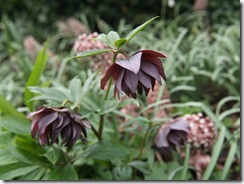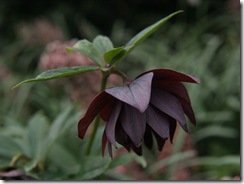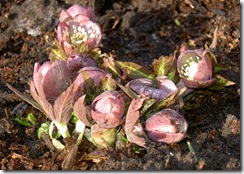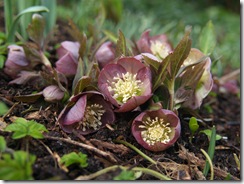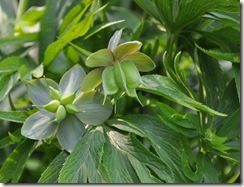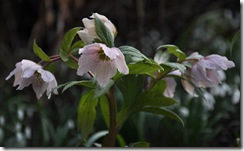Written by Harry Pierik
In this post, Harry takes us on a stunning tour of his garden in early spring. Learn more about Harry’s garden and design work on his website. To read Harry’s last post on snowdrops, click here and to read his post on his ‘Hidden Garden in The City’, click here. Fran Sorin
Spring has returned! During the months of April and March the garden changes almost daily. I have for you a small selection of the garden’s wealth of species.
When you step through the two doors of my house on the main street, you would enter an entirely different world.
In the first part of the Hidden City Garden you will be able to enjoy, amongst other sights, the holly and lilac topiary.
Profusely blooming Rhododendron ‘Gartendirecktor Glockner’, a Rhododendron williamsianum hybrid.
Now the snowdrops have finished flowering numerous Fritillarias appear, one of which the Frilillaria meleagris; a flower indigenous to The Netherlands called ‘kievitsbloem’. Rather like a walking bouquet, the Gold pheasant, who gladly answers to the daily rattle of his feeding bowl, but not to his name Goudje, spends the autumn days of his life in our garden.
In bloom at the front of this humus-rich border, the primula yellow Anemone x lipsiensis, a natural cross between the white wood anemone Anemone nemorosa and the yellow Anemone ranonculoides.
The blue flowering Anemone nemorosa ‘Robinsoniana’ was named after William Robinson, a Victorian gardener who discovered them in 1870, in the Oxford botanic garden. Blooming from March until May, this anemone thrives in half shade and humus-rich soil.
With her heart shaped green leaves and yellow flowers Ranunculus ficaria forms carpets in every border. This celandine grows rampant, but its above ground foliage dies back down after several weeks. My garden contains some cultivars that do not grow rampant. One of them being Ranunculus ficaria ‘Brazen Hussy’, with her dark brown leaves. Romke van de Kaa discovered this plant near the garden of Great Dixter where he worked for Christopher Lloyd.
Ranunculus ficaria ‘Salmon’s White’ has ivory colored flowers with a light yellow heart
To finish I would like to mention Ranunculus ficaria ‘Alba Plena’, her flowers rather reminiscent of water lilies.
Beneath the trimmed lilac, a blooming Pulmonaria, Doronicum orientale and Narcissus ‘Peeping Tom’.
Narcissus ‘Peeping Tom’ is a long blooming daffodil with a slender dark yellow trumpet.
This is the path that leads to the other part of the garden, with Rhododendron lutescens on the left and on the right Corylopsis spicata. On the right we see Matteuccia struthiopteris.
Picture 12
The elegant Rhododendron lutescens produces yellow flowers and has slender leaves, with her branches and stalks covered in a red glow.
Picture 13 and 14
Equally fragrant, concurrently flowering, sharing the same shade of light yellow, but entirely different in shape is the Corylopsis spicata or winter hazel, which starts its bloom before she produces leaves.
The bunches of bell shaped flowers dangle from horizontal branches of this bush, which is two meters in size.
The hidden city garden yields up to 100 Helleborus hybrids and species. Most of them thrive in full sun or half shade, on lime-rich soil.
Deepened paths wind like rivers through the second part of the garden. We find a Helleborus hybrid in a bush near the edge.
A great variety of Helleborus hybrids fill the border, between the snowdrops and daffodils that have now finished flowering.
Picture 17 and 18
 |
 |
Apricot-colored Helleborus hybrids.
Picture 19
The incline between the grassy slope and the deepened path features many Hellebore between the snowdrops that have finished their blooming period. On the left and right from the centre we see Helleborus atrorubens.
Picture 20
Yellow flowering Ashwood hybrid.
Foto 21 en 22
Double- flowering grayish-blue Helleborus hybrids among Petasites hybrids.
Picture 23
Helleborus purpurascens is a highly variable species which prefers bright locations and of which the above parts die down for the winter period.
Its characteristic leaf is hand shaped; every leaf joins in one single place.
Its cup-shaped flowers may emerge slightly above the ground as early as January, where they will start blooming right away and grow rapidly upwards.
Picture 24
This H. purpurascens from Romania shows a greenish metallic glow on her petals. The apple-green follicles are clearly visible.
I will close this chapter with a very special species of Chinese origin.
Picture 25
The humid forests of Sichuan, land of the Giant panda and Gold pheasant are, or rather, where home to Helleborus thibetanus. (Niet zeker van deze zin, weet even niks beters).
Even though the famous French missionary Father David –who collected more plants and animals than he ever won souls-, had described this particular Helleborus over a 130 years ago, it was a long time before the western world knew this mysterious plant as anything other than a dried herbarium specimen.
Owing to the Japanese botanist Mikinori Ogiso, Helleborus thibetanus was introduced to the west in the late nineties of the previous century.
Sadly, for decades plant poachers have stripped the woods of so many of these native plants that it is likely they are now extinct.
For this reason you should ever buy any specimens without ensuring that the plant has been grown from seed.
Stolen plants offer another disadvantage, which is that they will most likely die rather quickly because they adjust to our gardens.
Picture 26
Helleborus thibetanus features beautiful pink crepe paper-like flowers. The leaves and stems of this species die down to the soil level in June. Contrary to her family members she prefers a humus-rich acid soil.
Picture 27
When H. thibetanus has finished flowering, its flowers color green

